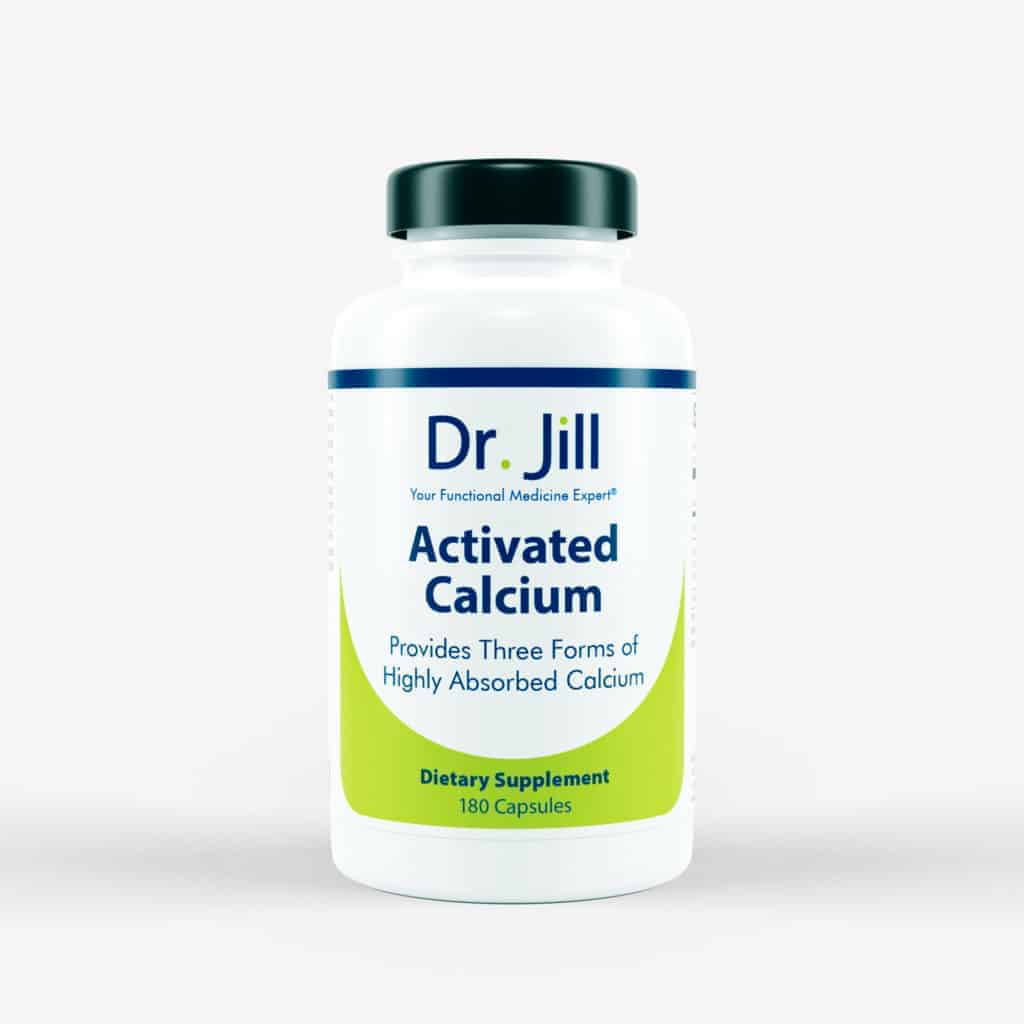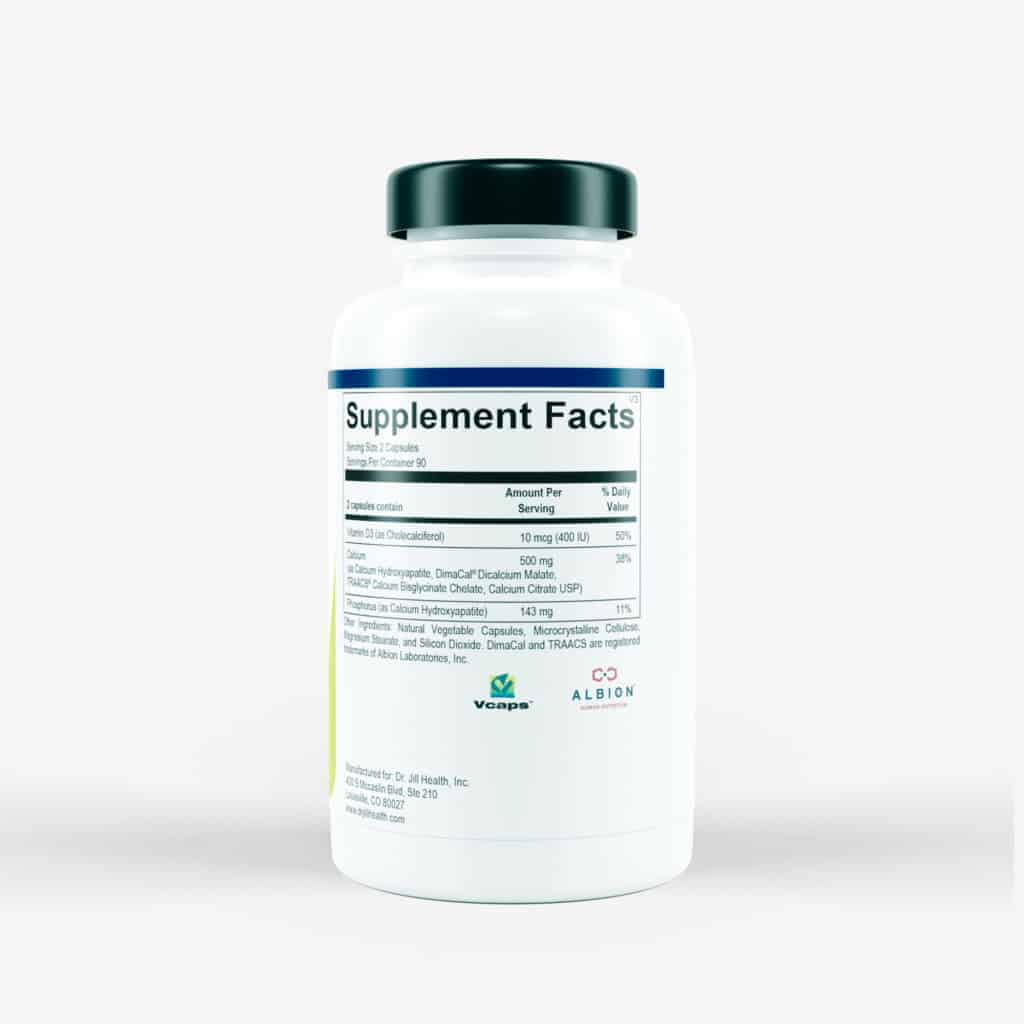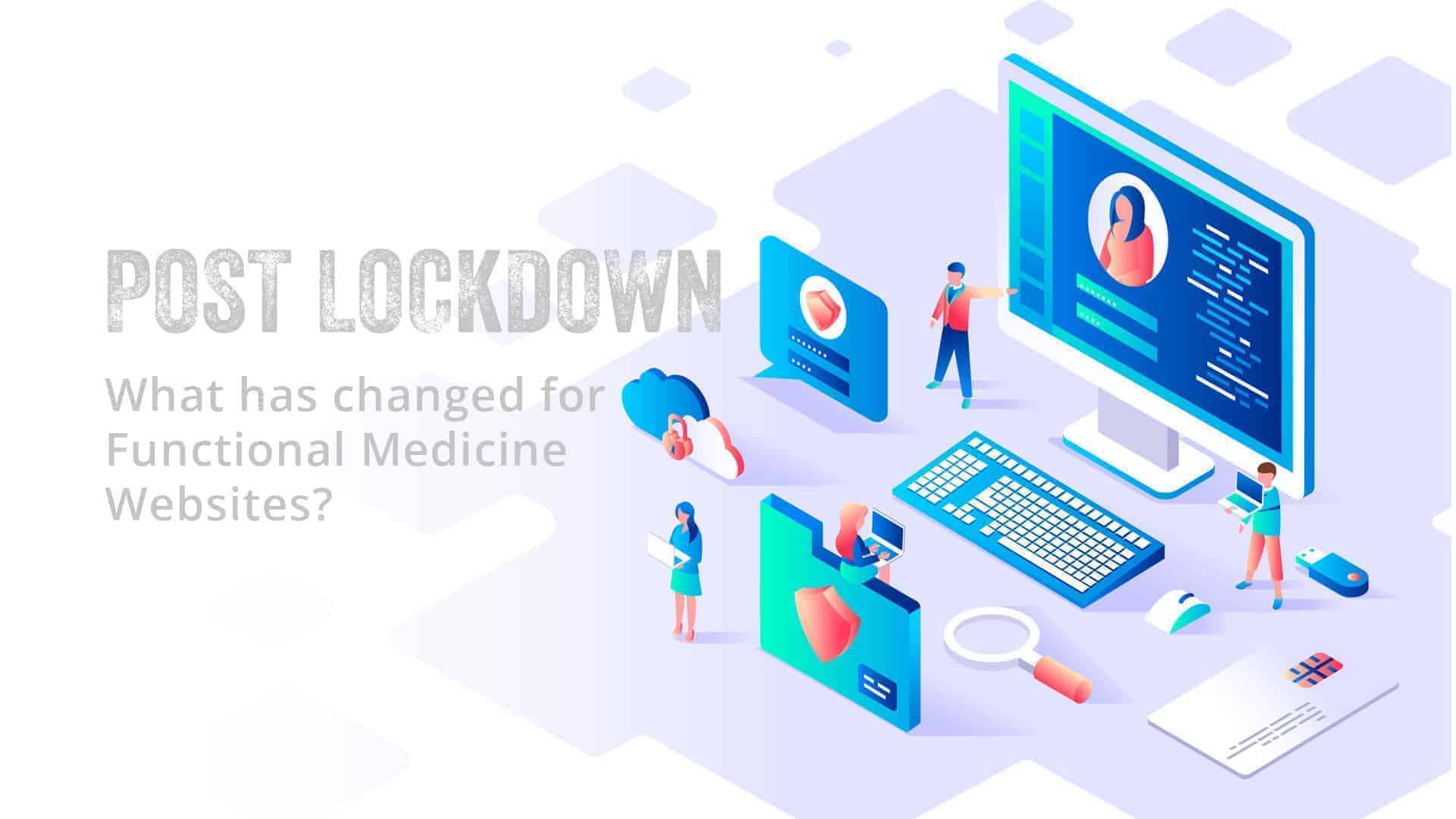When thinking about your Functional & Integrative Medicine eCommerce Website, you need to think about what kind of eCommerce offering you would like to offer your patients and your audience.
As I have been doing these Functional Medicine eCommerce websites for Medical Practitioners for more than 10 years, I know many practices have unique situations and the solutions for these situations can come in a variety of forms such as the following.
FullScript and Get Healthy Style Sites
Websites such as FullScript are primarily basic stock websites, where they stock and ship a range of supplement products on your behalf. These are fine for your patients and those on a budget.
Get Healthy has the advantage in that you can also stock your own brands with them as well as a wide range from other manufacturers and pick and choose what is displayed on your site. You can also use your own domain name and sub-domain sites.
Advantages
- Minimal Investment
- Wide Range of Products
- Transactions Fees Included
- Fulfillment Included (Shipping, Returns for Fees)
Limitations
- Limited Branding
- They own your Store
- Smaller Return on Investments and Sales
Your Own Website – WordPress or Shopify
Having your own eCommerce website requires an investment in time and money. You will need to plan out a number of things. Here are a few things to consider. You will need to plan for the following:
- Products
- Payment Gateway
- Shipping
- Returns
Products
Are you going to have your own products? White Label Products (where your labels are added to existing products from supplement manufacturers) or simply onsell other 3rd party products.
What Information is required at a minimum (left Column) for each product you intend to sell? The right column represents other options that I would recommend for each product.
- Product Title
- Product Short Description (Marketing Description) For SEO
- Product Category
- Product SKU (ID Number)
- Product Weights & Dimensions (For Accurate Shipping Calculations)
- Product Image*
- Product Price
- FDA Disclaimer
- Product FAQ
- Product Ingredients
- Product Instructions
- Product Videos
*Product Images: All product photos should be the same dimensions if you want your store to look professional. A great alternative for photos and at a similar price is to use the labels and create 3D models of each product. The advantage of this is the models look realistic and you can also add images to product groups and on a variety of backgrounds. See examples of 3D models below.


As you can see from the above, these models have a background and a shadow, you can also get them without backgrounds and shadows – these ones can be used in multiple environments (product packs, bundles), which is a lot better option than just a flat photo.
ASll you need to create these is sample bottle and the label and a 3D modeler that will create them.
Which eCommerce Platform?
In my experience, unless you are a multi-million dollar retailer, WooCommerce or Shopify are your only two options.
Shopify, BigCommerce, Magento
These sites like Shopify and BigCommerce are basically built only for products – so it makes it a little difficult to do anything but sell products (blogging, SEO) For this exercise I will use Shopify as an example.
Note: Dont use Magento unless you have a large budget!
Shopify is predominantly a product only system, which means that if you wish to do blogging or updating the site yourself – then you should steer clear. Yes, they do offer these, but they are rudimentary at best.
The issue I and many of my clients have with Shopify and systems like it – is that the more you want to do and the more you need to customize, the higher the price you will need to pay on an ongoing basis. For many basics tasks, you need to know code or use a developer – it is just not very user friendly.
Even if you want to customize the look or data on your product page requires coding.
Pretty much everything you want to add incurs a higher monthly fee. If you just want to stick to the basics it is fine.
Pros
- Fast Easy Setup
- All Plans come with Domain Name and SSL
- Basic Version (Good Value)
- For Products Only
- Lots of great starter Themes
- Good Support
Cons
- Expensive if you want to Customize (and you will)
- Price Rises quickly with Needed Add Ons (and you need them)
- Average SEO Tools
- Probably need a developer once you start growing
- You never really own your store
WooCommerce
Although WooCommerce has its flaws, the ease of use and flexibility to grow makes it the best option in my mind. You do need a WordPress website to install it, but that is also a breeze.
At its core, WooCommerce is a free platform, but you again pay for all the add-ons on an annual basis.
However, there are many free plugins (with pro versions) that can do a lot of the heavy lifting and a massive developer community contributing code and free plugins for a variety of uses.
Best of all WooCommerce through your Wordpress site gives you a range of tools, not only for your website but blogging, SEO and integrating with social media.
Pros
- Fully Customizable
- Great SEO
- For Products, Services and Blogging
- Wide Variety of Add Ons
- You Own it
Cons
- Requires significant investment of time and capital
- Average SEO Tools
- Need a developer once you start growing
Payment Processors – Gateways
You are going to want to collect money from Credit Cards right? So you will need a payment gateway. There are some very important things to consider when choosing a payment gateway, and the most important one is not your credit card fees.
- Integrations: You want your payment gateway to be popular – this, unfortunately, means going with one of the big boys. The more applications your payment processor integrates with, the easier your life will be.
- Known: You want to use a trusted payment processor. if you know them, will your customer?
- Seamless: Seamlessly works and is supported out of the box with your chosen system (Shopify, WooCommerce) this means no coding is required.
- Automatic Payments: Supports Tokenization. If your website grows, you will want to add Recurring products, which means recurring fees.
My Suggested List
- Shopify Payments (Shopify Stores Only)
- Stripe
- Paypal
- Square
- Amazon Payments
- Authorize.net
Shipping
Once someone orders from your site, you will need to fulfill that order. The easier you make this on yourself and your team the better. You have a number of options.
Many Functional Medicine Clinics already have a physical store, so this pretty much means you need to ship yourself. There are some great tools such as Shipstation which can handle the paperwork (Labels, Packing Lists, Dockets, etc)
In Practice Shipping Tools
Pro Tip: The most important thing is that the software integrates completely (Usually with a Rest API) with your chosen platform like WooCommerce. Completely means …
- Orders from your site Automatically flow into Shipping System
- Orders Dispatched Automatically Flow back to your System
- Once the order is shipped your customers are Automatically notified from your system with tracking details
Fulfillment Companies
These companies house your products and ship directly to your customers as if shipped by you. Again the most (I cannot stress this enough) important features other than the obvious – is that it integrates seamlessly into your eCommerce platform. Here is a list below
Pro Tip: The most important thing is that the Fulfillment Companies software integrates completely (Usually with a Rest API) with your chosen platform like WooCommerce. Completely means …
- Your Website and Fulfillment companies systems talk to each other through Rest API
- Inventory is matched between the fulfillment company and your website
- Orders from your website Automatically flow into your fulfillment company System
- Orders Dispatched Automatically Flow back to your System with shipping info and tracking code
- Once the order is shipped your customers are Automatically notified from your system with tracking details
Accounting
You can get add ons for both systems that integrate with popular Accounting Systems like Freshbooks, Xero and Quickbooks.
Taxes
With WooCommerce you can get automated taxes at no extra fee, with Shopify you can use add ons (extra fee) to automate taxes.
Inventory Management
Inventory tracking between various platforms (your website, your physical store) can be managed by companies like SKU IQ and others.
Finally – My Suggestion
Start small, if you are a small clinic without your own in house store, then start with a Get Healthy Store or FullScript style shop.
However, if you have a store in your practice, then it is either a Shopify style site or WooCommerce store which (if you have Wordpress) can be integrated directly into your website.
When starting out, stay clear of customizations or keep them to a limit, as the investment increases in line with your customizations. So stick within the limitations of your chosen application.





















